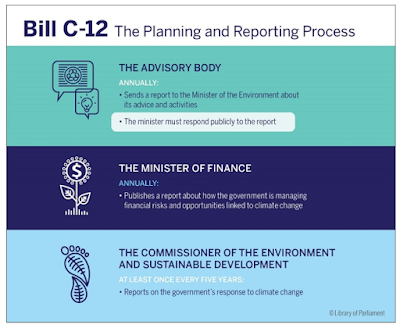Earlier this week, Statistics Canada made available the public use microfile for the second wave of the Canadian Tobacco and Nicotine Survey. The agency has further modernized its data release methods, and the file is easily accessible to the public. This post looks at some key findings from this survey - more detail and data tables are available on a downloadable fact sheet.
Background on The Canadian Tobacco and Nicotine Survey (CTNS)
The CTNS was put in place in late 2019, following a decision to terminate the biennial Canadian Tobacco, Alcohol and Drug Survey (CTADS) after 2017. The first wave of the CTNS was conducted in October to December 2019, with the second wave repeated in December 2020 to January 2021. The first results of the CNTS 2020 were released by Statistics Canada on March 17, 2021.
This survey asked questions of 8,112 Canadians, although only 41% of those who were asked to participate agreed to do so. Four times as many Canadians participated in CTADS, and the Canadian Community Health Survey gathers information from more than 10 times as many people.
The small sample size of the CTNS severely limits the usefulness of the survey to assess differences between provinces or over time. A survey of this size does not provide for monitoring of the impact of regulatory change. For example, Nova Scotia's ban on flavoured vaping products had been in effect for more than 8 months before the survey was taken, but the sample size for Nova Scotia (404) was too small to produce enough vapers to meet Statistics Canada's quality standards for release.
As a result, we are not permitted to report that the CTNS found that most Nova Scotia vapers were continuing to access flavours in that province, even though the sale of those flavours had been prohibited for several months. Had the sample size been larger, we could likely have provided this evidence that public health measures have been undermined.1. Vaping rates have stabilized in Canada between 2019 and 2020.
There is little difference in the estimated proportion of Canadians who have used e-cigarettes in the past month between late 2019 and late 2020.The CTNS survey results show that although Canadian youth and young adults (aged 15 to 24) make up only 15% of the surveyed population, they represented 40% of those who vape. This survey estimates there are 425,000 teenage vapers in Canada, 314,100 of whom have never smoked a cigarette. Of the estimated 274,000 young adult vapers (aged 20-24), 113,000 have never smoked cigarettes. Among the 760,400 vapers older than 25, slightly more than a third (279,600) are former smokers, almost half (372,000) continue to smoke cigarettes and one-seventh (108,000) have never smoked.
In the fall-winter of 2020-2021 there were about 1.46 million Canadians who had vaped in the past month. Of these, one-third (485,100) were "former smokers." The remainder were "never smokers"(438,500, 30%) or "current smokers" (532,400 dual users, 38%).
The number of smokers who reported using a Quitline or
Smokers Helpline or using a smart phone app was so small that the survey result
is unreportable.
5. Most smokers were not successful in their quit attempts – despite the quit method they used.
6. Tobacco-flavour is the only vaping flavour not attracting young people or recreational users to vape.
The CTNS survey asked respondents who had vaped in the past month which flavours of vaping liquid they vaped most often. Eight options were offered: tobacco, fruit, candy, dessert, mint, or menthol, flavourless, and no usual flavour. Of these, only tobacco, mint, menthol and flavourless will be permitted by Health Canada's proposed restrictions on vaping flavours.
The survey also enquired about vapers’ main reason for vaping. Because of the limited size of the survey, these choices cannot be looked at individually with respect to flavour choices, but must be grouped.
- Curiosity, you just wanted to try it
- Because you enjoy it
- To reduce stress or calm you down
- To quit smoking cigarettes
- To cut down on smoking cigarettes
- To use when you cannot/are not allowed to smoke cigarettes
- To avoid returning to smoking cigarettes











